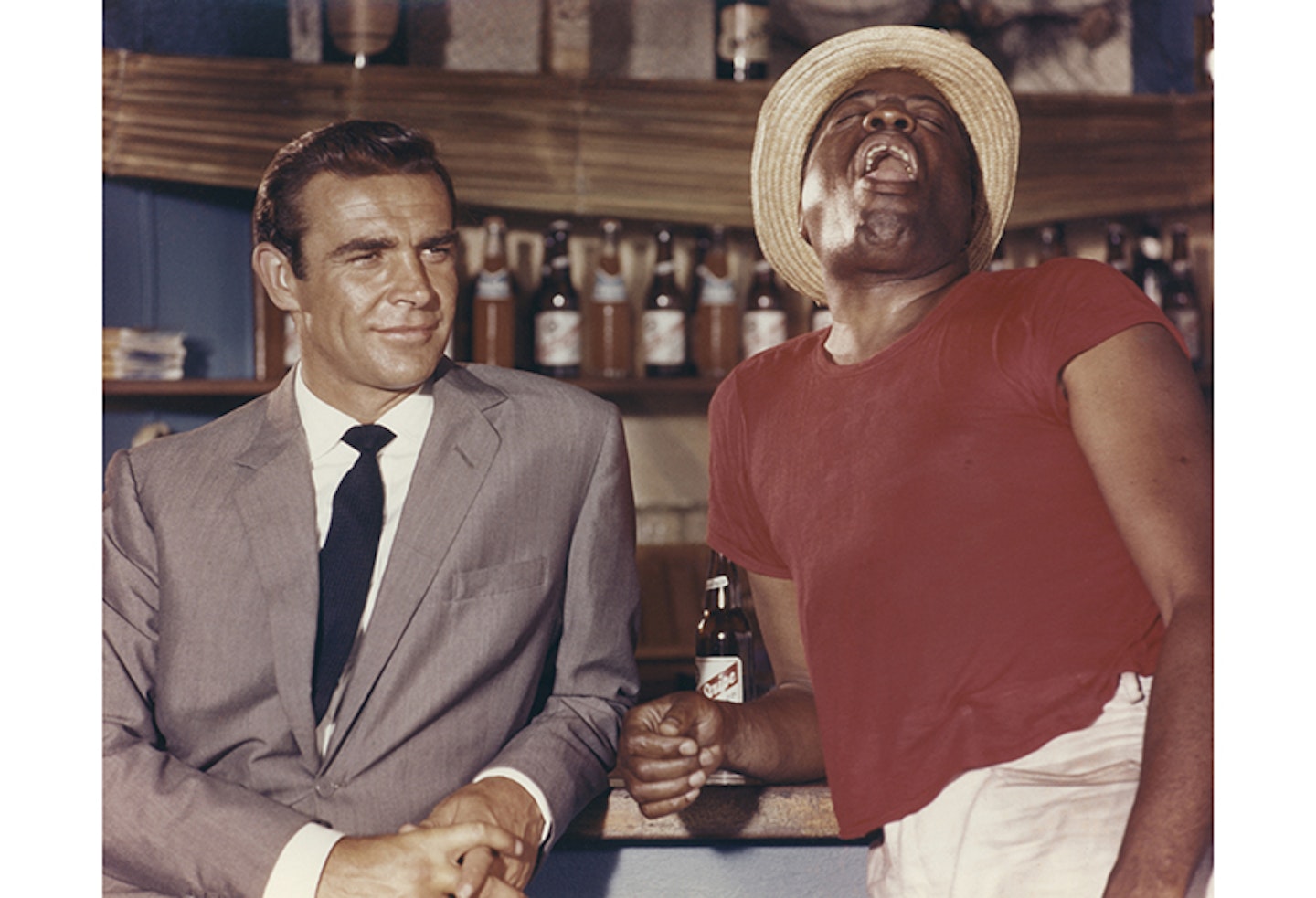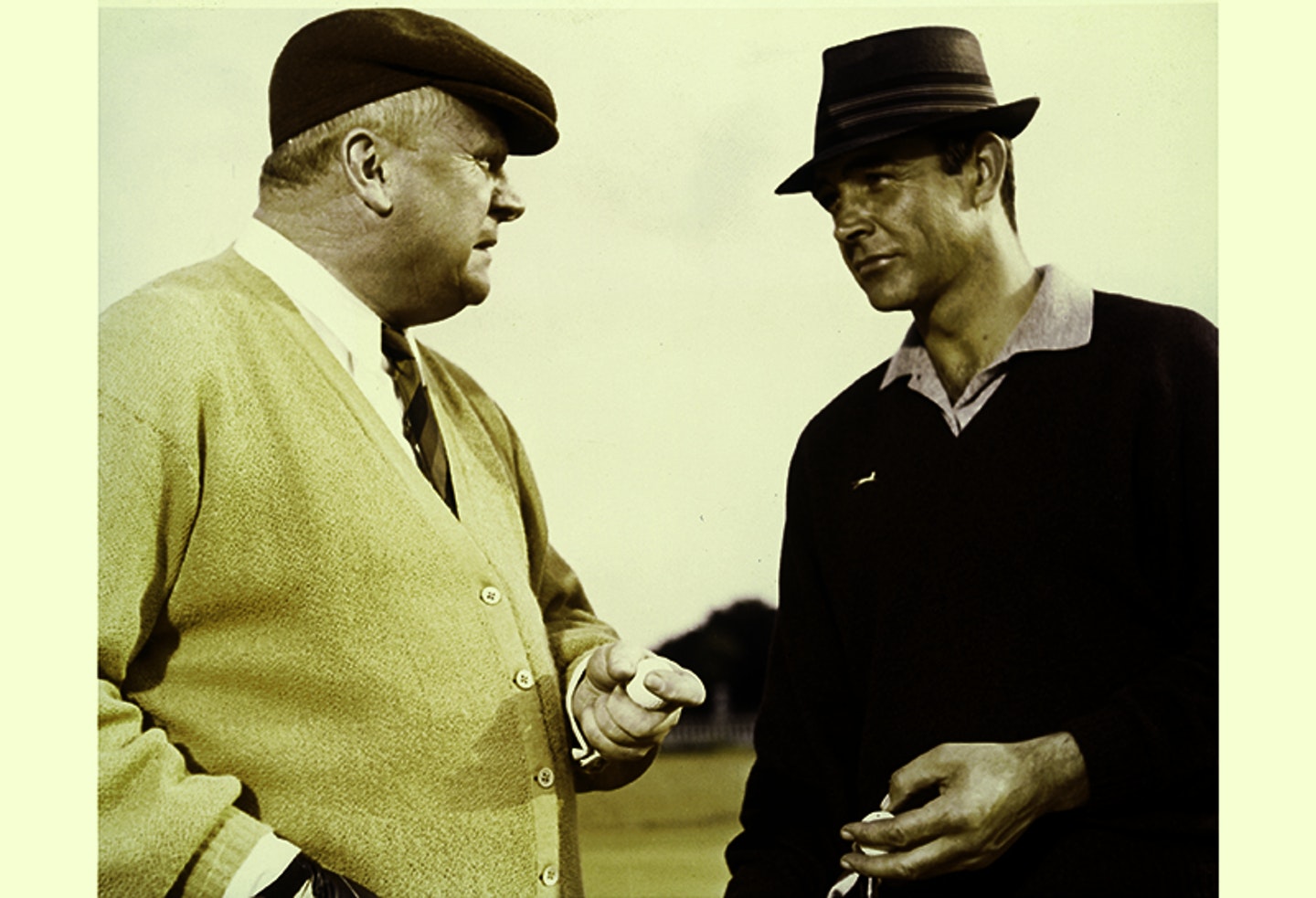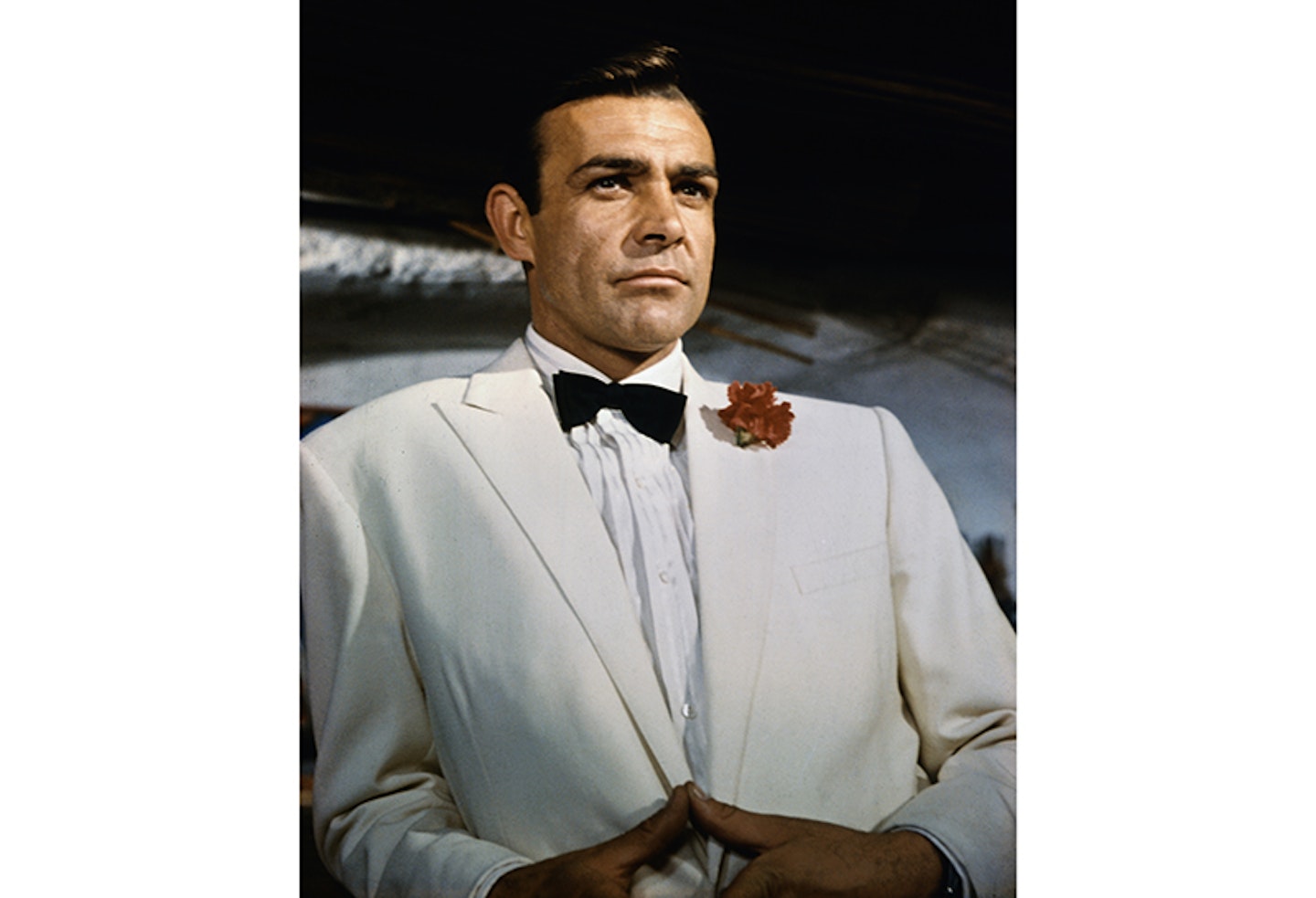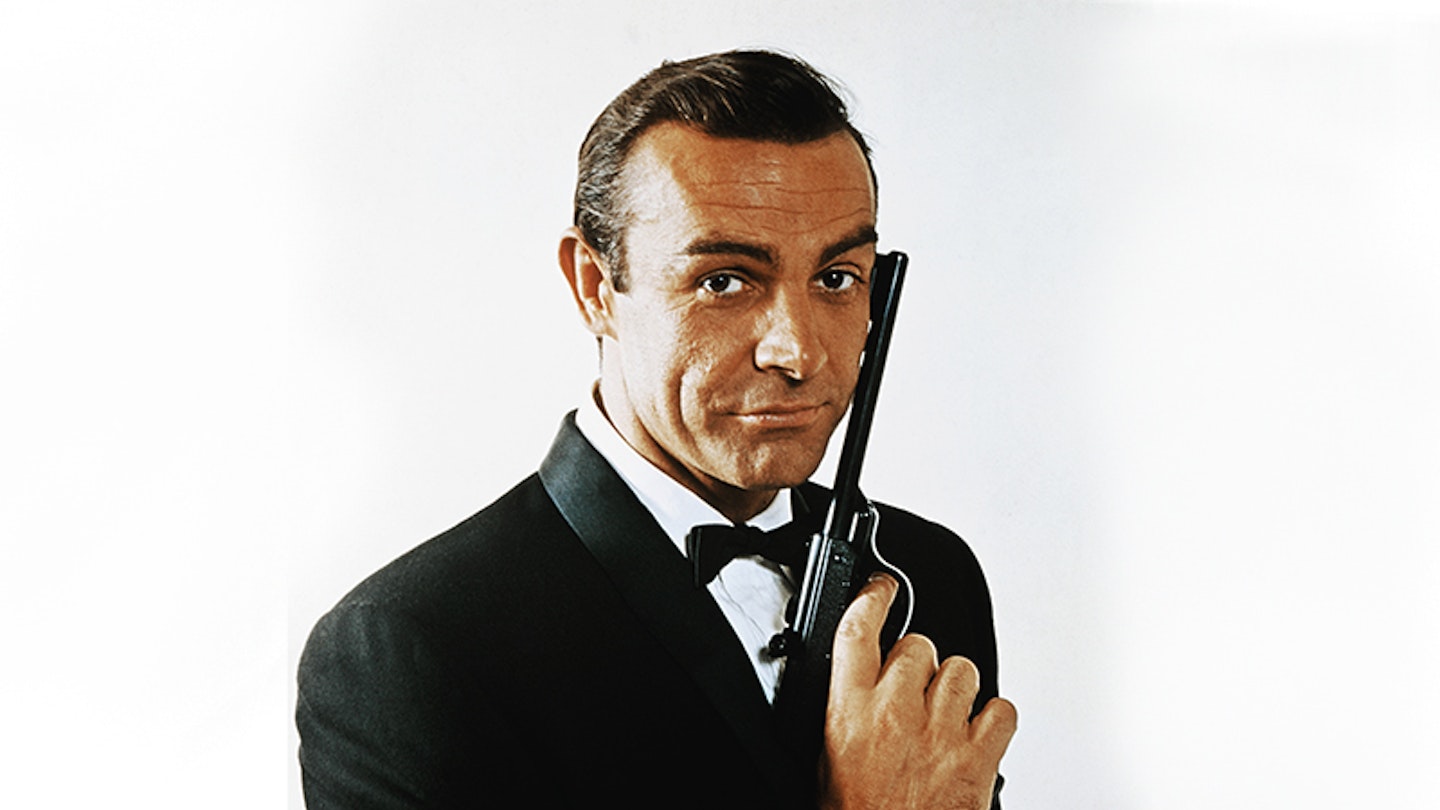In October 1962, cinema audiences were mesmerised by the sight of a dark-haired and desperately sophisticated young man in a dinner jacket sitting at a casino table smoking a cigarette. “The name’s Bond… James Bond,” the man drawled. The film was Dr No. If Bond has become very familiar to the public in the 60 years since, so has the man who played him, Sean Connery.
The role of 007 would completely transform Sean Connery’s life, transporting him into a world of incredible wealth, fame and opportunity which would once have been once beyond his wildest dreams. With Sir Sean Connery just reaching his 90th birthday, those days must seem to him like a very long time ago indeed. But even back in 1962, he was still a long way from where he had started.
Tough times
Thirty-two years earlier, he had been asleep in a wardrobe drawer. His parents didn’t own a cot and following his birth they had put him in the next best thing. “Sure, we were poor, but I never knew how poor at the time,” he said later. Indeed, everyone was poor in Fountainbridge, an area of tenements and slums within 1930s Edinburgh. The area Connery grew up in was known as “the street of a thousand smells.” It was an unlikely birthplace for a future Academy Award winner, knight of the realm and multimillionaire world-famous movie star.
Tommy Connery as he was then known (‘Sean’ was his middle name), nevertheless had a few advantages: his parents, though poor, were always loving and supportive. He grew up big and tough: he was soon nicknamed ‘Big Tam.’ But while always prepared to stand up for himself when necessary, he was also a pleasant and sociable boy. He could often be seen either fishing or swimming in the nearby Union Canal or catching a film at the local cinema.
He was also a hard worker, delivering milk from a cart from the age of 11. But he wanted more. “I wanted to do something with my life,” he said. “I wanted to have pride in it, feel the joy of it. There was far too little joy about.” He joined the Royal Navy two years before his National Service was due, hoping to see the world, meet women and escape his social status. It did not work. He was invalided out, having been diagnosed with a painful duodenal ulcer, mostly likely the result of drinking too much milk during his milkman days.
All change
Bouncer. Coffin polisher. Life class model. Lifeguard. Connery did all these jobs in the next few years. A promising footballer, he was also invited to play for Manchester United by Matt Busby himself. Connery seriously considered the offer before declining. A few years later, nearly half of the team’s players were killed in the 1958 Munich air disaster.
In 1953, at about the time Casino Royale, the first of Ian Fleming’s James Bond books came out, Connery, a keen bodybuilder, came third in the ‘tall man’ category of the Mr. Universe contest. This led him to cast be as a member of the front-line chorus of the Drury Lane production of the musical, South Pacific. He couldn’t sing or act at this point, the role simply required him to be good-looking. But he found he loved it and vowed to pursue a career as an actor. An error in the programme for South Pacific had seen him listed under his middle name, ‘Sean’ instead of ‘Tommy.’ Connery embraced the change: he became ‘Sean Connery’ from then on.

The road to Bond
He took acting seriously. Although it seems unthinkable now, he considered dropping his accent. He had lost a number of roles on account of being “too Scottish” or sometimes (wrongly) “too Irish.” He retained his accent but took acting and elocution lessons. Always a big reader, he also committed himself to reading a set number of improving books to broaden his cultural horizons. His confidence grew.
A casting director impressed by his stage presence introduced him to film producers and his first major film role came in crime drama, No Road Back (1957). He was a crook in an episode of Dixon of Dock Green. His roles were mostly small at this point, however. Only his accent and bushy eyebrows left any real impression on audiences.
Being cast in the lead role as a boxer in BBC drama, Requiem for a Heavyweight in 1957 changed things. Although only paid £25 for the job, the part brought enough publicity to fire up his career. Hailed in some quarters as the ‘British Brando’, the next few years would see him cast opposite Lana Turner in Another Time, Another Place (1958) and in Disney’s Darby O’Gill and The Little People (1960). The last film was seen by future Bond producer ‘Cubby’ Broccoli who marked Connery down as someone to watch.
The early 1960s saw him tackle Shakespeare and Arthur Miller in a number of TV dramas. In 1960, he appeared on the cover of the Radio Times. Large roles in minor films such as comedy On The Fiddle and small roles in big films, such as The Longest Day (1962) followed.
But by now, impressed by his charm, looks, physicality, charisma and genuine talent, the men planning to film James Bond had him in their sights. It was this role which would change both Sean Connery’s life and cinema forever.
Big Tam’s Greatest Hits

Although never unnecessarily violent, Connery’s tough upbringing saw him forced to fight his way out of trouble on more than one occasion…
The Anderson scrapes: As a boy, Connery got into a memorable 12-round fight with a boy called Tommy Anderson. “I remember that playground scrap,” he recalled later. “God knows what it was about. I remember the janitor coming out and interrupting the proceedings.”
Love and war: Connery claims to have been seduced by an older female member of the Auxiliary Territorial Service in about 1944. The ‘romance’ occurred in a waterlogged air-raid-shelter submerged in about two or three feet of water.
Gang warfare: Soon after seeing off a member of the notorious Valdor Gang who had set on him in a post-war Edinburgh billiards hall, Connery floored three of his cronies when they came back seeking revenge. ‘Big Tam’ got a job as a bouncer as a direct result.
Untouchable: By the early 1950s, Connery’s physique was so impressive that he found work as a lifeguard. This, despite the fact, he had not yet learned to swim!
Rum punch: Gangster Johnny Stompanato threatened Connery with a gun after hearing rumours that the young actor and his girlfriend, Lana Turner were getting on a bit too well for the mobster’s liking on the set of Another Time, Another Place (1958). Stompanato cocked the gun and pointed it at Connery’s chest. As if rehearsing for his future role as 007, Connery bravely punched the thug and sent him on his way.

Sean Connery facts
-
Bond creator Ian Fleming was initially very doubtful about Sean Connery’s casting as 007. He wanted David Niven for the role.
-
The James Bond character made an appearance in the TV comedy series, Mainly Millicent starring Millicent Martin in 1964. The part was played by Roger Moore, nine years before he was cast in his first Bond film.
-
Sean Connery was knighted in 2000. He has been retired since 2006.
Most popular: A sad farewell to Bobby Ball
Most popular: Meryl Streep and Don Gummer: The love that changed her life
